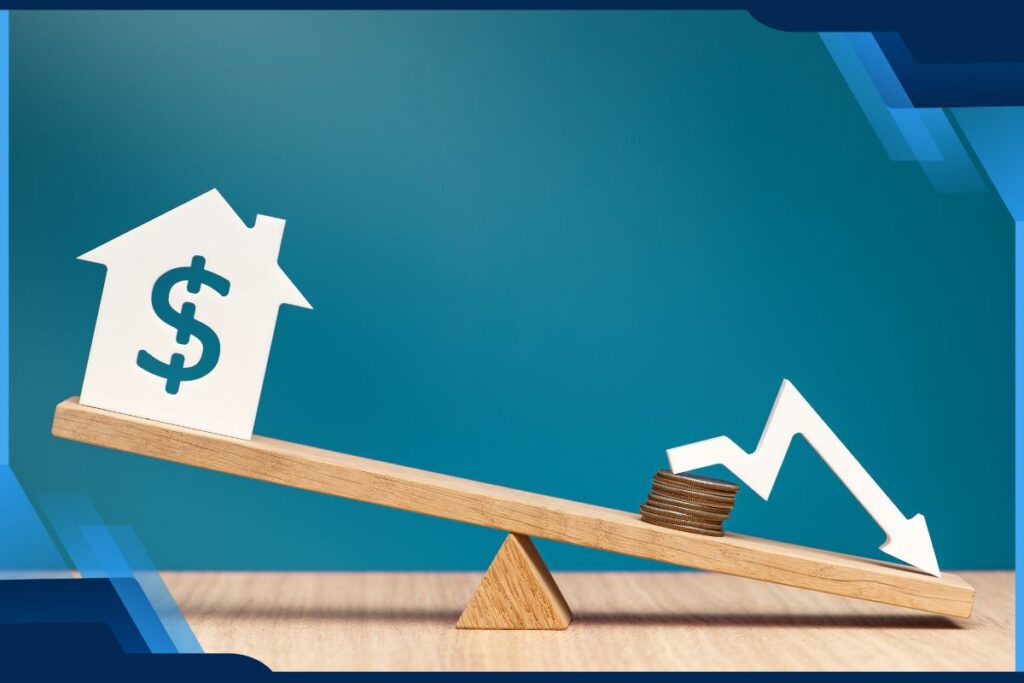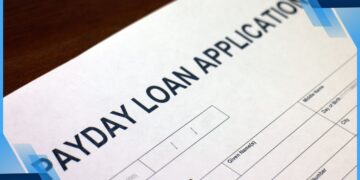Loan Interest Rates: Variable vs. Fixed

When it comes to borrowing money in Australia, one of the biggest decisions you’ll face is whether to choose a variable or fixed interest rate.
This choice can have a significant impact on your financial situation, as the two options come with different levels of predictability, flexibility, and risk.
Understanding the differences can help you make an informed decision that aligns with your financial goals, whether it’s for a home loan, personal loan, or any other type of borrowing.
Difference Between Variable and Fixed Interest Rates
The primary distinction between variable and fixed interest rates is how they respond to changes in the broader economic environment.
- Fixed interest rates are locked in for a specified period, meaning your repayment amounts remain the same, regardless of fluctuations in the official cash rate or market conditions.
- Variable interest rates, on the other hand, can change over time, often in response to movements in the Reserve Bank of Australia’s (RBA) cash rate or other market factors. As a result, your repayments can increase or decrease during the loan term.
Choosing between the two comes down to your personal circumstances, financial goals, and tolerance for risk. While a fixed interest rate offers stability, a variable rate can offer potential savings when market rates are low.
Advantages and Disadvantages of Fixed Interest Rates
Advantages
- Certainty of Repayments: Fixed rates provide stability in budgeting, as you know exactly how much you’ll pay each month. This predictability can be particularly useful for first-time homebuyers or borrowers who need consistency in their financial planning.
- Protection Against Rate Increases: If the RBA increases the cash rate, your fixed rate won’t change, protecting you from unexpected hikes. This can be comforting during periods of economic uncertainty or rising inflation.
- Long-term Planning: With fixed rates, you can plan long-term, as you’ll know your costs for the duration of the fixed period, whether it’s one, two, or even five years.
Disadvantages
- Limited Flexibility: Fixed rates often come with less flexibility. For instance, you may face restrictions on making extra repayments or exiting the loan early, which can result in hefty break fees.
- No Benefit from Rate Cuts: If the RBA reduces rates, you won’t benefit from lower interest rates while your loan is fixed. This can make your loan more expensive compared to a variable loan during times of falling interest rates.
- Potential for Higher Rates: Fixed rates are often higher than variable rates at the time of signing, as lenders build in a margin for potential future rate rises.
How Do Variable interest rates work?
Variable interest rates fluctuate based on changes in the RBA’s cash rate and other market factors. This means that your repayments can rise or fall over time. Variable rates tend to follow the economic cycle more closely, making them dynamic and often influenced by economic indicators, such as inflation, unemployment rates, and GDP growth.
How Variable Rates Can Benefit You
- Potential for Savings: When the RBA lowers the cash rate, lenders often pass on the savings to customers with variable-rate loans, reducing your repayment amount.
- Flexibility in Repayments: Most variable-rate loans allow for extra repayments without penalties, enabling you to pay off your loan faster and reduce the interest paid over time.
- Offset Accounts: Many variable-rate loans come with features like offset accounts, which can help reduce your interest payments by offsetting the loan amount with your savings balance.
Risks of Variable Interest Rates
- Uncertainty: Since variable rates can increase unexpectedly, your monthly repayments can rise, making budgeting more challenging.
- Market Volatility: Variable rates are directly linked to economic changes, which can be unpredictable, making them less suitable for borrowers seeking stability.
Which Type of Interest Rate is Better for You?
Deciding between a variable or fixed rate depends on your personal financial situation and what you prioritize in a loan.
- Choose Fixed Rates if: You value stability, want to protect against potential rate hikes, and prefer to know exactly how much you’ll pay each month.
- Choose Variable Rates if: You’re comfortable with changes in repayments, want the flexibility to make extra repayments, and hope to benefit from potential rate decreases.
Some borrowers even opt for a split loan, where part of the loan is fixed and part is variable. This approach provides a balance between predictability and flexibility, allowing you to benefit from both worlds.
Factors That Influence Interest Rates in Australia
Interest rates in Australia are primarily influenced by economic factors, including:
- Reserve Bank of Australia’s Cash Rate: The RBA sets the cash rate, which affects how much banks charge for loans and how much they pay on deposits. When the cash rate rises, lenders often increase their variable rates, and vice versa.
- Inflation: Higher inflation generally leads to higher interest rates, as the RBA tries to manage economic growth and control rising prices.
- Economic Growth: A strong economy can lead to higher interest rates, as the RBA aims to prevent the economy from overheating.
- Global Events: Economic conditions in other countries can influence Australian interest rates, especially events that affect global financial markets, such as trade tensions or geopolitical risks.
How to Switch from Fixed to Variable Interest Rates
If you’re currently on a fixed-rate loan and want to switch to a variable rate, here are some steps to consider:
- Check Your Current Loan Conditions: Review your loan agreement to understand any break fees or penalties that may apply when breaking a fixed-rate loan.
- Calculate Potential Savings: Assess whether the potential savings from switching to a variable rate outweigh the costs of breaking your fixed loan.
- Talk to Your Lender: Discuss your options with your lender, as some may offer incentives or lower rates for switching.
- Consider Refinancing: If your current lender’s variable rates aren’t attractive, consider refinancing with another lender that offers more competitive rates or features.
Conclusion
Choosing between fixed and variable interest rates is a critical decision that depends on your personal financial goals, risk tolerance, and market conditions. While fixed rates offer stability and predictability, variable rates provide the opportunity for savings and flexibility. Carefully consider your circumstances and stay informed about the factors that influence rates in Australia. Consulting a financial advisor or mortgage broker can also help you make the best choice based on your needs.
FAQ
- What is the main difference between fixed and variable interest rates?
Fixed rates remain the same for a set period, while variable rates can change based on market conditions and the RBA’s cash rate adjustments. - Can I split my loan between fixed and variable rates?
Yes, many lenders offer split loans, allowing you to have a portion of your loan at a fixed rate and the rest at a variable rate, combining stability with flexibility. - Are there any fees for switching from fixed to variable rates?
Yes, breaking a fixed-rate loan can incur break fees or penalties. Always check with your lender before making a switch to understand the potential costs. - Do variable rates always decrease when the RBA cuts the cash rate?
Not necessarily. While lenders often pass on rate cuts, it’s at their discretion. Factors like the bank’s funding costs and competitive pressures also play a role. - Which type of interest rate is cheaper in the long run?
It depends on market conditions. If rates fall over time, a variable rate may be cheaper, but if rates rise, a fixed rate might end up being more economical.
Related content

Car Loans in Australia: Compare the Best Options for Every Budget

Pros and cons of payday loans in Australia

How to refinance your mortgage and save money

How to Choose the Best Personal Loan

Types of Loans: A Guide to Making Informed Borrowing Decisions
